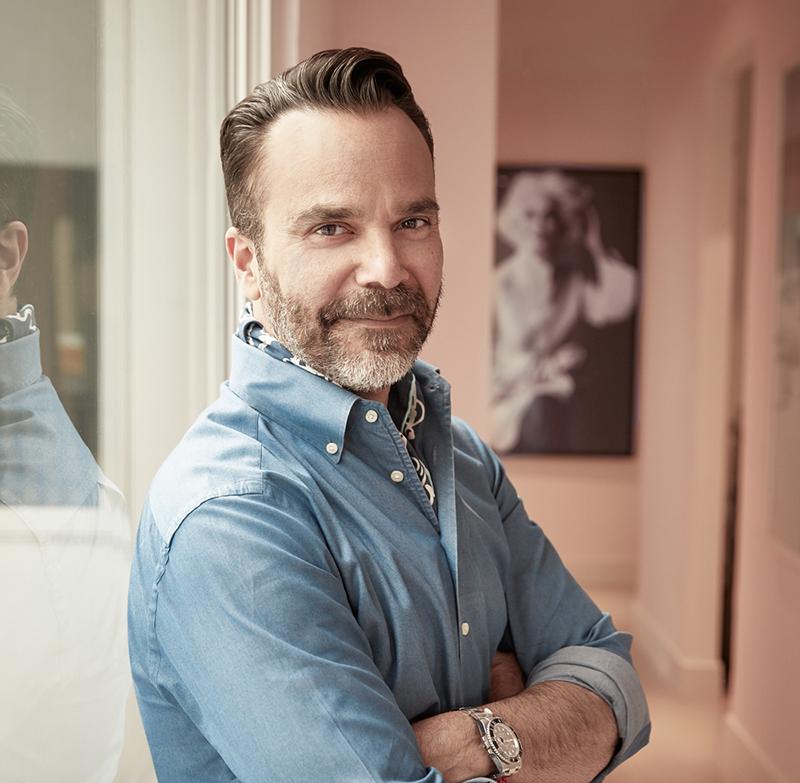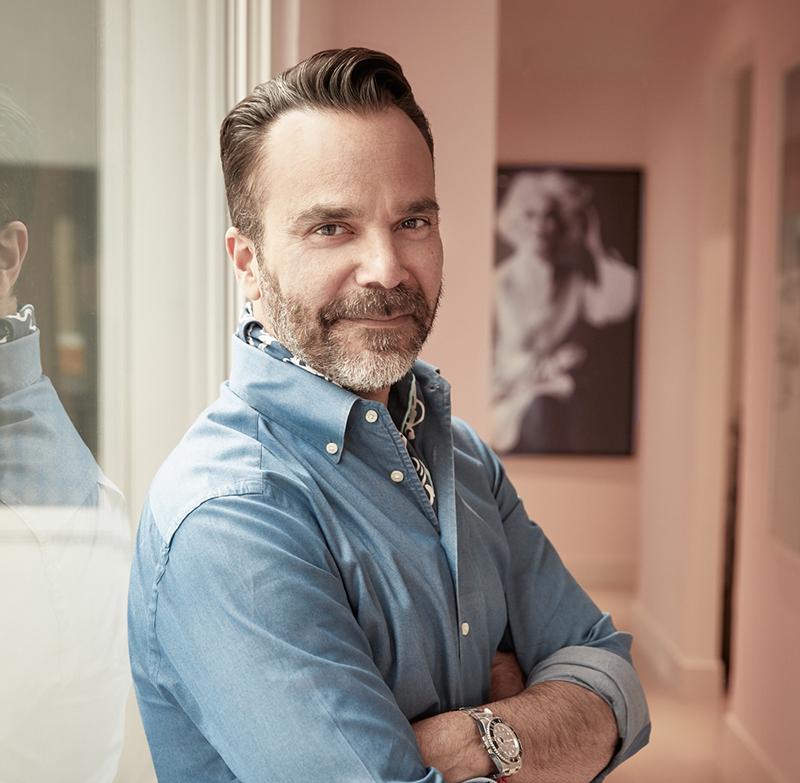Editor's Note: Fernando Rodriguez, of Aaron Stewart Home (ASH) and Stewart Rodriguez is the newest blogger on Furniture, Lighting & Decor. Come along with him as he shares best practices for interior design businesses and home furnishings retail, sharing what he's learned along his journey with partner Aaron Stewart.
How It All Began
When we started our interior design business six years ago, I had no idea of the many competencies and skills it would require of me. Of course, there are the basic interior design skills we all have and acquire from design school or from personal experiences. But what about tenacity, resilience, persistence, analytical skills, organizational skills, management skills, selling skills to name a few.
I wish I had a magic wand when we started to see the road ahead, or someone to give me advice based on their own personal experience building a firm. The interior designer of 2019 is very different from the interior designer from 1960s or ‘70s. Why? Because our profession keeps evolving, progressing and growing. That is thrilling. But it can also be daunting.
So Many Skills, So Little Time
It is impossible to be a master at so many skills, some more complex than others. In 2019, an entrepreneur requires a high level of discipline, vision and self-motivation. Before Stewart Rodriguez was created, I lived in New York City and worked for a very well-known women’s fashion brand. One of the most valuable lessons I learned working for her was the importance of creating a “best in class” team and surrounding yourself with people who know more than you do. It is a humbling reality that we are not experts in every area of our business.
The ability to visualize a space or decide what furniture pieces go in a room might come naturally to you. How about managing the pressure we all feel about having the perfect Instagram board? I am always intrigued by how other designers manage their finances, a work day or the best way to manage a project from the inspiration boards to the installation.
How do you present and sell your services during a presentation to a prospective client? We are all not wired to be great speakers, yes you might be one of the lucky ones that can sell your passion for the project but what about the people that have a bit of anxiety presenting in front of big groups or board members? Are you charging enough for your services? I often wonder how other designers do it?
Sometimes I wish I had a mentor or a colleague that I can reach out to for advice or direction. When I first spoke to Diane Falvey, Furniture, Lighting & Decor’s Editor-in-Chief, about this blog, it was clear that there is an abundance of articles on trends, color stories and new product designers. But what about a place where we can all learn about the intricacies of the many business skills our jobs require. Our days are long, full of meetings with clients, and then there’s time spent visiting construction sites and calling vendors to get an estimated arrival time for a piece of furniture. Time is precious, and we don’t have too much left at the end of the day.
Breaking Down Silos
Interior designers usually work in silos. That means people, teams or firms are working toward the same objective, often in close proximity, but not sharing information or addressing concerns about the challenges of others using your creative drive. This happens in every profession, but in ours it tends to be a big issue, especially in smaller markets.
I am always fascinated to learn how people stay on top of their game. How do you become successful at your craft? How do you stay relevant? How do you keep learning and mastering all the diverse traits we need to succeed?
The objective of this blog is to share best practices and daily habits that have been helpful to me as a business owner. After all, we all want to succeed and be the best we can be for our clients and our team. In this series, we will talk about different topics that are essential to the success of your business—from team management to the art of selling your services.
Feel free to send suggestions of topics you would like to read about in future blogs. My purpose is to create a safe platform to learn from each other and share as much as possible, because at the end of the day we all need mentors, industry friends, collaborators and experts to take you and your interior design business to the next level.








